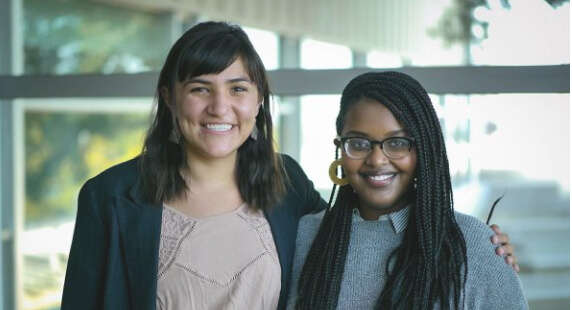Designing for Equity
The Designing for Equity sessions lift up improvement efforts that reexamine systems through an equity lens with the goal of making impactful changes. These presentations provide case study examples, practical tools, and lessons learned for promoting equitable change in the design and initiation of continuous improvement projects. Also included on this page are reflection questions originally posed by the session presenters, resources for further learning, and a feedback form.
Reflection Questions
- What is top of mind for you when you think about continuous improvement and equity in your context?
- What are the possibilities for continuous improvement to advance educational equity?
- Are there ways in which you think continuous improvement might fall short in advancing educational equity?
- How do we get people to build muscle to go beyond collaboration to shared power in design?
- How do we get youth involved in the design process not just as informers but as true co-creators?
- What is a promising practice you’ve used to help schools share effective interventions with each other?
- What is a promising practice you’ve used to ensure the work is done with communities and not to communities?
What is the north star of your system? What is the ideal that you are reaching towards?Twitter
Resources
- Getting Better at Getting More Equitable: Opportunities and Barriers for Using Continuous Improvement to Advance Educational Equity (PDF)
- Margaret Wheelty’s 6 Circle Model (PDF)
- National Equity Project: The Seventh Circle (PDF)
- Moore’s Strategic Triangle for creating public value
- homegrowntalentco.org
- Theopensystem.org
- nsiexchange.org/ci-for-equity/





